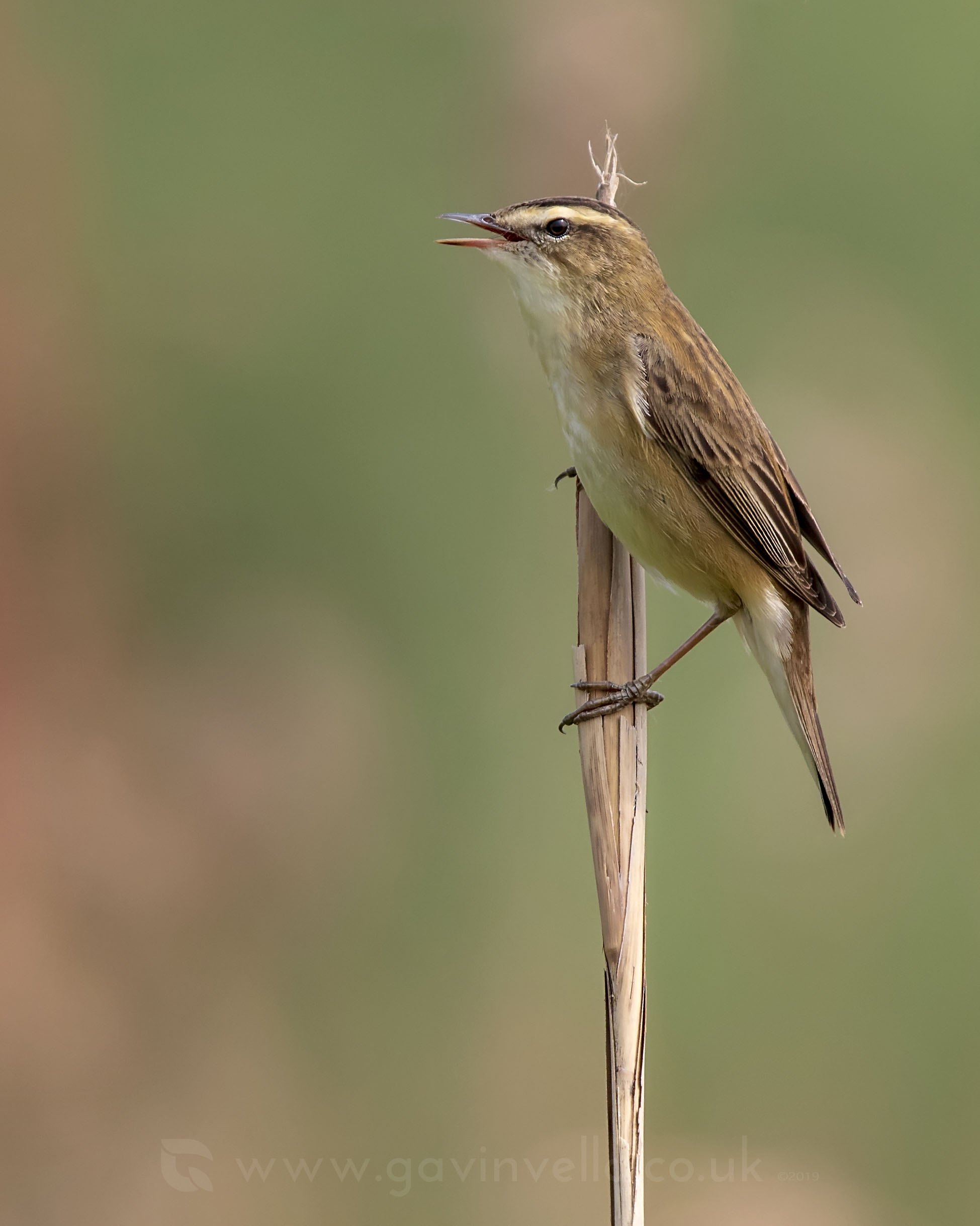I hope you’re not getting tired of hearing about Nightjar but honestly I don’t care haha. Spending time with one species, learning more about their characteristics and behaviour is what I love and it’s the only way you’ll ever get a chance of photographing this species in the day. I’m now on my 4th pair and my 7th individual (yet to locate the female of the 4th pair). I find it interesting that each pair has chosen a different type of habitat, or at-least the same habitat at different stages.
3-4 Year Old clear-fell, mostly small-medium sized trees
1 year old clear-fell, only bracken, grass.
3 year old clear-fell, mostly grassland, bracken and heath
3 year old clear-fell, totally rocky habitat with bracken between.
It goes to show how versatile they are, so long as there is suitable habitat around them for moths, they’ll roost almost anywhere there’s suitable cover.
The pair that’s chosen the rocky habitat is the one that I’m most interested in, as he’s also choosing to roost on rocks, rather than logs/sticks. If you look closely, even the shape of his back appears to match the shape of the rock. I wonder if this is strategic? Shape conforming is common amongst species that rely on camouflage to survive and they do appear to match their chosen roost spot. If on the end of a log, they’ll sit tall, short, tail town as if they’re part of the end of that log. If they sit across a stick, they’ll sit in the same direction and flatten themselves out.
As a contrast, here’s the female of pair number 3 showing that typical flattened out pose that matches the long shape of a stick. I loved this chosen roost spot, but it’s doubtful she’ll use it again though as she looks ready to burst. I’m surprised she hasn’t laid yet. Maybe she has and her first clutch failed? I hope that isn’t the case.
I’ve also been studying their vocalisations but I’ve needed a few years worth of field recordings on Nightjar, in order to confirm a theory that you can identify individual males by their song. The way you would do this is to work out the average BPM, length of phrases and also the frequency of both exhale and inhale.
I’ve collected so far at-least 6 different males, though I’ve focused on returning to the same territory for the last 2 years in the hope to confirm it with one individual male. So far it looks like I can confirm this theory, as I’m finding only a 0.8 difference between the BPM recorded in 2017 to present day. A couple more years worth of recording Males and I should be able to give more weight to this theory.
The analysis is actually pretty easy and could even be done in the field so long as you had a laptop to return to. I’ll publish more details about my methods at the end of the season.






























